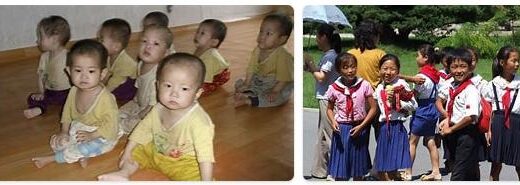Vietnamese Music
Vietnam [ viεt- ] is a country in Southeast Asia with (2018) 95.5 million residents; The capital is Hanoi.
Vietnamese music [viεt-].Vietnamese music, which has been historically tangible since the 10th century, is shaped by Indian and Chinese musical cultures. Up to the 15th century the Indian, then up to the 18th century, the Chinese influences predominated, while from the 19th century to the present – in contact with the music of the West – a relatively independent national style developed. The musical syncretism of Southeast Asia is reflected both in the Vietnamese instruments and in the genres of folk and art music. Archaic musical instruments of Chinese origin include the mouth organ (senh) and sound recordings made of stone (bien khanh) or metal (huyen phuong huong). The two-headed drum (trong com) comes from the Indian cultural area.
Vietnamese music is based on a semitone-free pentatonic scale, consisting of the nine tones ho-xu-xang-xe-cong-liu-u-xang-xe (approximately tempered: c – d – f – g – a – c ′ –d ´ – f ′ –g ′), from which two-, three-, four- and five-tone scales with or without additional intermediate tones are formed. In art music, two modal types (bac, expressing happiness, and nam, provoking calm and melancholy) dominate the music in a variety of ways, based on the principle of Indian raga closer than the occidental keys. While the importance of the ritual genres of court music (quan nhac, nha nhac or nhac dai noi) from Huê and traditional theater music (hat tuong, hat boi) is dwindling, folk cult music (Buddhist and Caodaist) and regionally different light music live on. Under Western influence, “renewed music” (nhac cai cach) emerged, which also gave a boost to theater music (has cheo in the north, has cai luong in the south).
Da Nang
Da Nang, formerly French Tourane [tu ra ː n], port city in central Vietnam, 80 km southeast of Hue on the South China Sea, (2019) 988 600 residents.
Catholic bishopric; Textile and food industry; Shoe production, glass, porcelain and ceramic production, natural harbor, airfield.
Expanded by the US into a naval and air force base during the Vietnam War.
Haiphong
Haiphong [-f-], city with provincial status (1 503 km 2) in the north of Vietnam, in the northeast of the Tongking Delta, (2019) 841 000 residents.
Seat of a Catholic bishop; Shipyard, cement factory, glassworks, chemical, textile, food and others. Industry; Main port of North Vietnam, on the Cua Cuam, a tributary of the Thai Binh (estuary of the Red River), connected to Hanoi by a motorway and railway line, airfield.
Bien Hoa
Bien Hoa [bi ə̯ n h a], capital of Dong Nai Province, Vietnam, 30 km northeast of Ho Chi Minh City (formerly Saigon), (2019) 807,000 residents.
Bien Hoa is an important industrial center in southern Vietnam, iron and paper industry, ceramics and rubber production (rubber plantations in the area).



